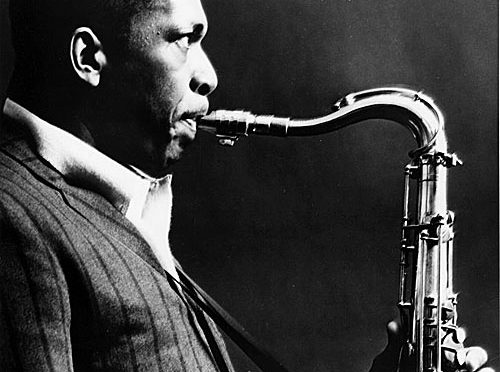Central to the African American musical tradition is the writing of black ballads – an even more fitting way of understanding black music than simply tying down black music to the use of minor chords i.e. the blues.
The list of black balladeers is long. One name that sits high on the list is John Coltrane. In John Coltrane’s music, one hears the entire history of the undercurrents in African American music: impressionism, expressionism, religious expressionism, American nationalism, and the frustration from music’s inability to emancipate the African American. We hear American existentialism and nationalism through his ballads.
Key to the ballad is narration. It was not easy. Coltrane came to the Ballad as a Jazz saxophonist. He was often left to narrating without words. What helped him was that Ballads had socialized Americans for years before and so he had the opportunity of matching his ballads to written ballads despite his improvisations. He released an album of 22 ballads in 1963, each narrating beauty to American soul.
The ballad is the oldest form of American music. It is a descendant of European culture made American by years of practice. It is still practiced today and many beautiful ballads are being written as much as folk ballads continue to be played. What’s fascinating about the American ballad is that a culture of deep democracy and the individualism that comes from deep democracy could have killed the ballad but it has not. Commerce has re-branded the ballad as whatever profitable genre it fits into but that’s about it. African Americans wrote secular ballads using cosmological retentions from African cultures and the musical concepts that came along with these cosmologies inherent in African religions.

Another great balladeer is Charles Lloyd. Lloyd’s ECM album Mirror is a great album of ballads that tell stories without words, revealing themselves as they go on onto that final point in a musical composition we term as “end.” Lloyd’s ballads are informed by his spiritual quests: the teller is wants to be at peace. It makes for Ballads that are light and sincere and that will surely stand the test of time of such because of Lloyd’s skill.
The black ballad becomes what we call R&B. A great example is Ray Charles’s “Hit The Road Jack.” As R&B, it becomes a commercialized ballad and the stories it tells are formulated for radio. The practice of producing black ballads is lost there and old black ballads inspire the black music of today.
Headline photo: John Coltrane – Photo by Charles Stewart


